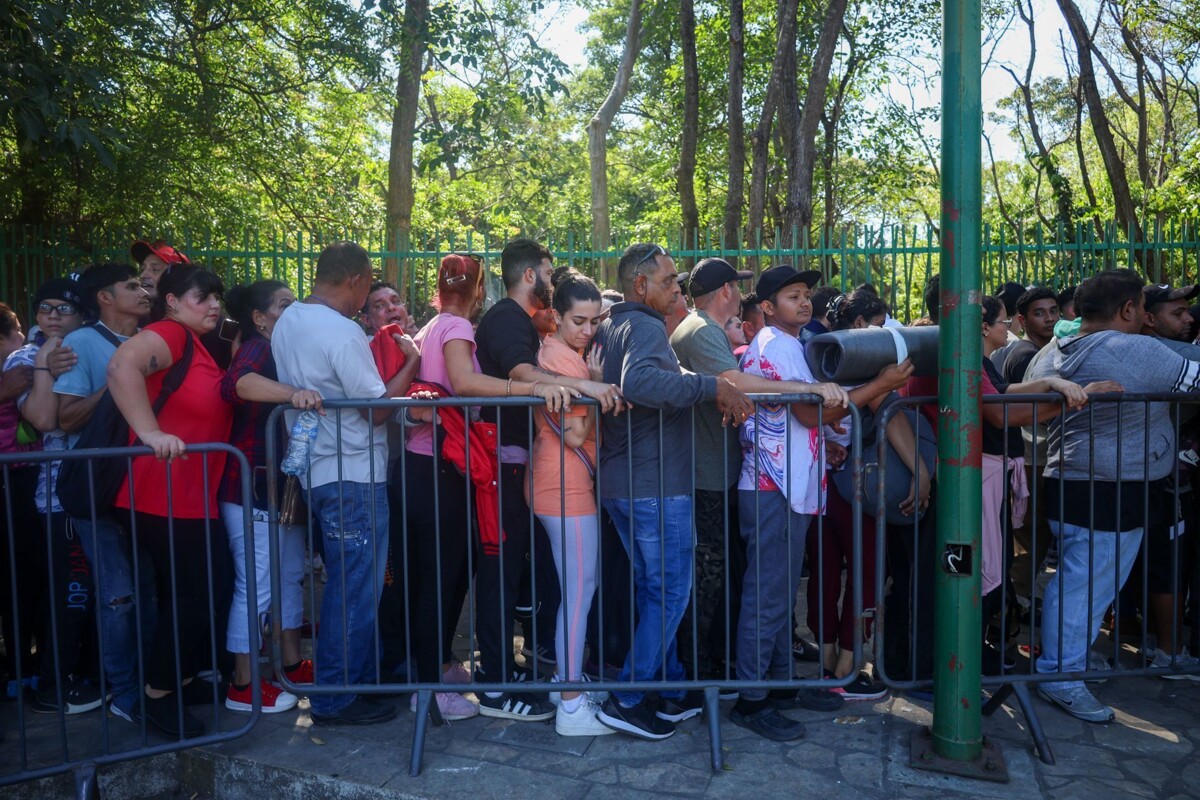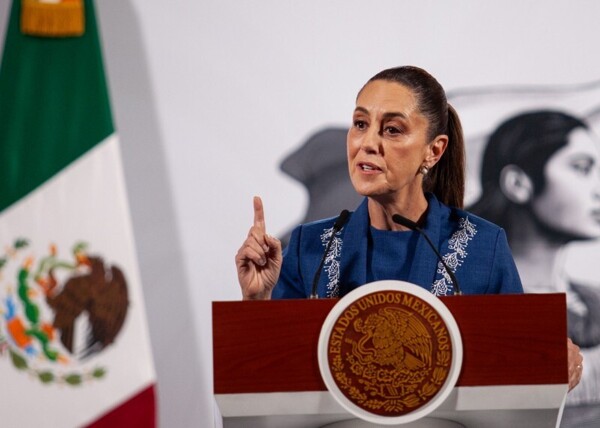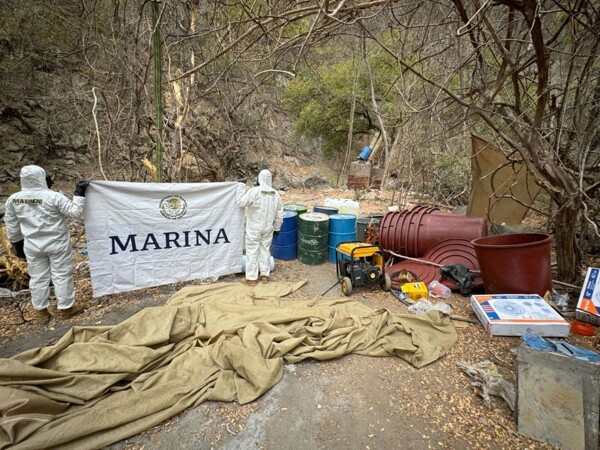
In the coming years, Mexico will not only face the arrival of more Latin Americans, but also migrants from Africa and Asia. Restrictions in the US and Europe have begun to divert routes, making Mexico an increasingly relevant destination point. If the country continues to rely solely on containment, the crisis could extend until 2040. If it adopts policies of progressive integration, it could stabilize in less than a decade.
Migration is not a temporary phenomenon. As the border with the US becomes more difficult to cross, more migrants are trapped in Mexico, in precarious conditions and vulnerable to violence. Shelters are overflowing, humanitarian support systems have collapsed, and criminal networks have found an opportunity for human trafficking in this crisis. Despite this, the Mexican government's strategy remains the same: to contain migration instead of managing it.
Mexico has two options: continue containing or adapt. The country faces a crucial decision: to remain a wall of containment or take on a strategic role in global migration. Some nations have faced similar crises with different models. Mexico is no longer just a transit corridor, but a territory where migrants become trapped. The southern border has become a large waiting room for those trying to obtain documents that allow them to cross the country without being deported.
Migration in Mexico has evolved over the past decades. Until two decades ago, migration was dominated by Mexicans trying to reach the US. Canada and Germany have opted to integrate migrants into sectors with labor demand, stabilizing their migration flows within 10-15 years. In contrast, countries like Hungary have closed their borders and continue to face migration tensions. Mexico could continue to rely on agreements with the US to curb migration, but the data shows that this strategy has not reduced the flows.
Migration flows will continue to rise, and thousands of migrants remain trapped in Mexico, unable to move forward or return. The effects are visible at the entry and exit points of the country. In Tapachula, on the border with Guatemala, tens of thousands of migrants are waiting for documents to move around the country. Mexico must decide whether to remain caught in the crisis or become a strategic player in the new global mobility. The future is not yet written.
For decades, migration in Mexico had a clear pattern: people crossed quickly, with their sights set on the United States. In 2023, Mexico recorded over 2.4 million encounters with migrants, double that of 2019. This changed with the massive arrival of Central Americans and, more recently, with the exodus of Venezuelans, Haitians, and migrants from other regions such as China and Africa. The tightening of migration policies in the US has been key to this shift.
Spain, for example, regularized over 500,000 migrants in 2005, reducing migration pressure in less than a decade. To the north, the border with the US has closed its doors even more, leaving thousands stranded in makeshift camps. The figures confirm the change. There were caravans advancing, transit routes that, although dangerous, ended at the northern border. Today, that transit has become something very different. This is compounded by accelerated deportations and bilateral agreements that have turned Mexico into a wall of containment.
But what started as a temporary measure has become a permanent model. Programs like 'Stay in Mexico,' implemented in 2019, forced asylum seekers to wait on the Mexican side. In 2023, the city received over 500,000 asylum requests, an unprecedented number. In the north, the situation is no different. Tijuana and Ciudad Juárez have seen an increase in makeshift camps near border crossings. But the window of opportunity is closing. Many end up trapped for months without being able to work legally.














